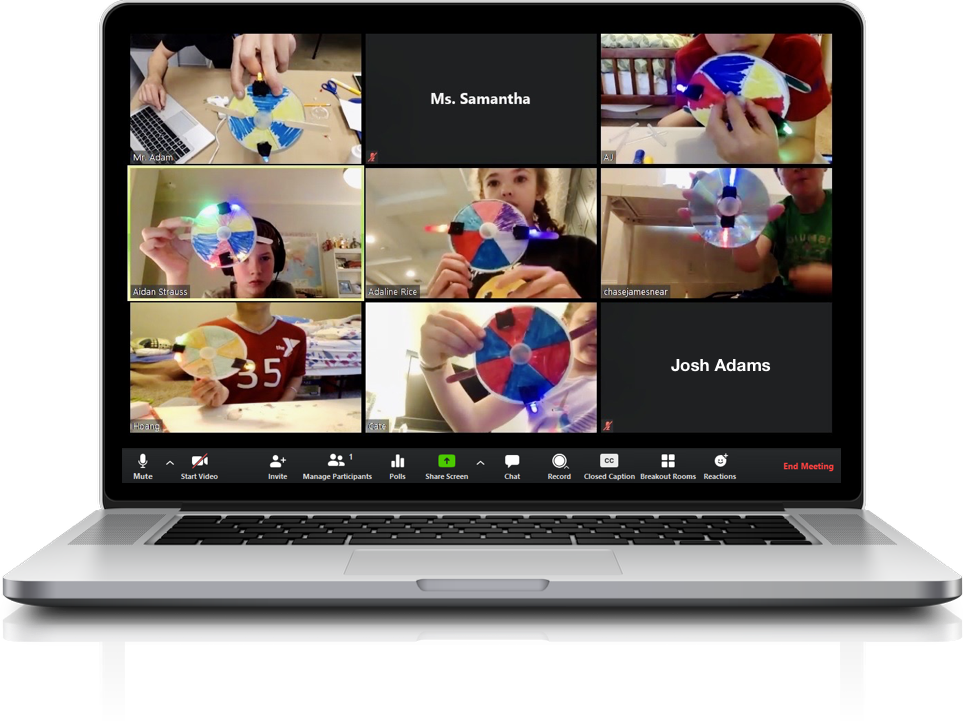Schools across the country are handling COVID-19 differently. Some have resumed in-person teaching with protective measures. Some are entirely online, and still others have adopted a blended approach. A few, like many schools in New York City, are giving the choice to families. At these schools, each household makes their own decisions about sending their children back to the classroom or learning from home.
However, not all families have stuck with their initial choice. Last week, the NYC Department of Education announced that the majority of students were opting for virtual-only learning. This is the first time that virtual students have outnumbered students in blended or in-person classes.
Why are some families and students changing their minds about virtual vs. classroom learning? There are a few big reasons.
- Safety. The pandemic situation seems to shift every week. While some regions seem barely affected by the COVID-19 virus, other communities have seen a resurgence of infections. What felt secure to some families a month ago now seems unnecessarily risky. Keeping kids at home limits the whole household’s potential exposure to the virus. For some families, this benefit alone is enough to opt for remote learning.
- Flexibility. Thanks to the pandemic, many families have had changes in work schedules and childcare options. In some cases, families need more hands on-deck at home. Kids who need to watch younger siblings or prepare dinner for the family can still tune into lectures while helping out. Pre-recorded materials provide even more flexibility. Students can also save valuable time by dropping their commute in favor of a quick login.
- Learning resources. Some students have benefited immensely from the learning resources available to them in a virtual learning environment. Recorded lectures can be paused, rewound, and replayed while students copy notes or review for a test. They also may be more likely to seek out additional tutorials on the internet during asynchronous class periods if they are struggling with a particular topic.
On the other hand, plenty of families are electing to keep their kids in the classroom, either full- or part-time. For these families, the benefits of virtual learning are outweighed by other boons.
- Face-to-face interaction. Classroom learning can make communication between student and teacher much more efficient, and students may focus better in a classroom environment. Face-to-face interaction also provides better socialization than a virtual environment. Even micro-interactions like eye contact, passing around materials, and chatting during breaks can have huge benefits for social development and mental health.
- Routine. While you can create a routine at home with a virtual learning schedule, it may be harder to maintain than a routine based on going to campus. Having separate spaces for work and leisure helps generate structure. This can help make work more productive and leisure more restful when incorporated into a routine. Routines also help with mental health by creating a sense of normalcy and predictability.
- Childcare options. If all the adults in the family are working outside the home, then school may be the best childcare option. Young children who can’t be left alone at home benefit greatly from the structure, stimulation, and supervision of a school environment. Even for older students, classroom learning can be great just for keeping them on-task if they are prone to distractions when unsupervised.
Ultimately, only you can choose the best option for your own family. Depending on your situation, the decision between virtual vs. classroom learning may be an easy one. If you’re struggling to decide, you can carefully consider the listed benefits and discuss them with your family.
Finally, if you’re looking for a solution that combines all of the benefits listed here, check out our IDEA Lab Plus program! In socially-distanced learning pods, your child will have the support of an in-person teacher while participating in their school’s virtual learning program. Get the best of both worlds by finding your nearest IDEA Lab Kids location.



